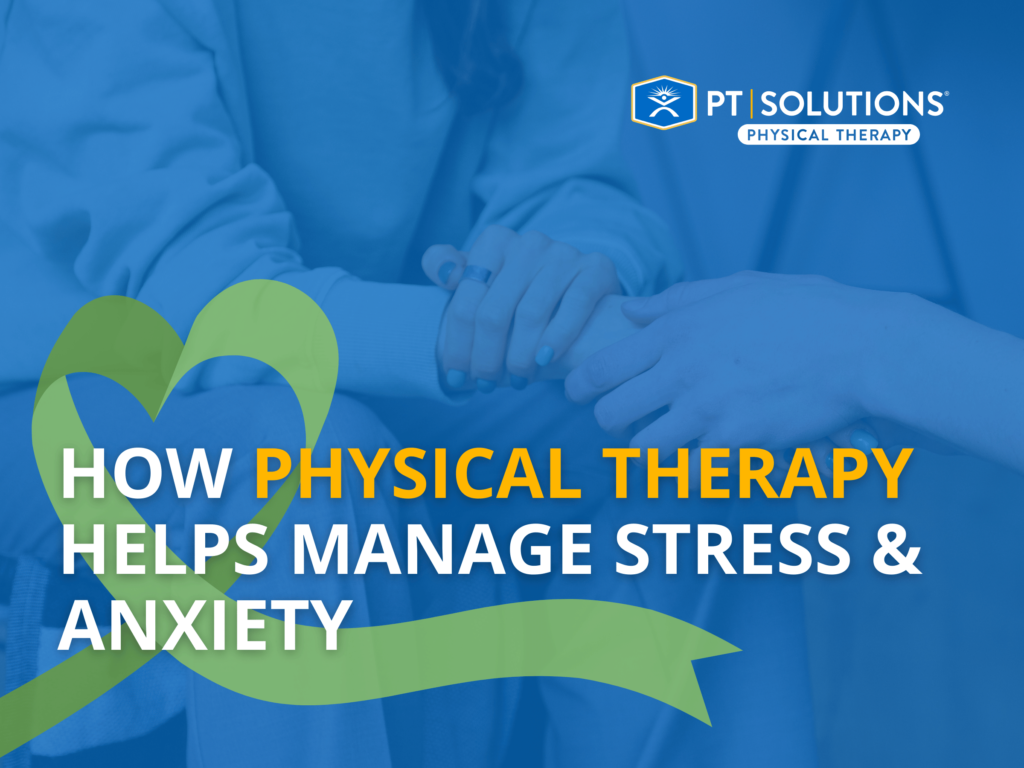Featured Posts
Walking Deserves More Love
January 27, 2021

Walking is one of the best forms of exercise. I used to be resistant to this view. I considered walking as an on-ramp which led to moderate and high-intensity exercise. Walking is less threatening than most forms of exercise and requires no equipment, but alone it is insufficient. Without moderate and high-intensity resistance training or aerobic activity – such as running or cycling – it is impossible to be healthy. Walking should be a starting point that would eventually be discarded as inferior. That was my mindset before I took a deep dive into the research.
While I believe moderate and high-intensity exercise should be encouraged in many situations, it is easy to forget about the power of walking. Let’s look at how walking compares to other forms of exercise.
Walking Vs. Exercise
A recent research study assessed compared walking to other forms of physical exercise. It pooled 5 trials to look at a bigger pool of data – known as a systematic review with a meta-analysis. The researchers wanted to determine how walking and other forms of exercise influence pain, disability, quality of life, and fear-avoidance beliefs and behaviors in individuals with chronic low back pain. In this case, chronic refers to low back pain lasting longer than three months. Three of the studies analyzed the effect of walking versus exercise, while two evaluated the effect of the combined walking and exercise versus exercise alone.
The results of this review show that walking is not inferior, but equally effective as intensive exercise across the board. It doesn’t matter if you define success as reducing pain and disability or improving quality of life, both walking and exercise help. Furthermore, similar results were achieved at short-, mid-, and long-term follow up (greater than 6 months).
Do these results mean walking can replace all other forms of exercise? No, they do not. The research specifically looked at the impact of walking and other forms of exercise on pain, disability, fear-avoidance, and quality of life. The studies did not look at muscle growth, strength, power, or endurance. For those adaptations, moderate and high-intensity exercises are needed. But that doesn’t mean walking is useless.
Walking induces positive changes in metabolic parameters – such as blood sugar levels – and psychological status. These are beneficial effects for people with metabolic compromises – such as diabetes and cardiovascular disease – and chronic pain. Walking programs are associated with similar patient satisfaction as other forms of exercise and people are more likely to stick with the walking program.
It is important to remember pain and disability are complex. Research does not support that we need to be strong and powerful to be pain-free. All exercise and activity should have a goal and be specific to you, but all exercise does not need to be high intensity. If your goal is strengthening then high intensity is needed, but strengthening is not always the goal, nor does it need to be.
If you want to build endurance and bone health, walking is a great place to start. Resistance training and moderate to vigorous-intensity aerobic training have greater effects, but that doesn’t take away from the benefits of walking. What about non-physical benefits?
Walking for Mental Health

Another study reviewed the current research pool to determine how walking affects mental health. The study pooled data from five systematic reviews and 50 individual research trials. The researchers discovered walking is used to treat depression, anxiety, self-esteem, psychological stress, psychological well-being, resilience, and social isolation and loneliness. Among the listed conditions, walking has the most support for treating depression.
While walking does appear to help with mental health, the data is inconsistent. Specifically, the optimal dosage is unknown. Dosing includes duration, frequency, and intensity (speed, surface, and incline) of the walking. Is a walk in the park the same as walking on a treadmill at a consistent incline? What about a daily walk in the neighborhood compared to a weekly hike in the forest? It comes down to the individual.
You need to determine what your goals are. Find a walking routine that is enjoyable to you. There are many options available. Some people prefer changing the location while others like consistency. Research shows walking in nature can have greater psychological benefits than walking in a city environment.
Consider who you are walking with as well. Do you prefer to walk alone to simply be with your thoughts or do you want a companion? A companion could be a dog – allowing you to still focus on your own thoughts – or a friend or group of people. What would lead to more enjoyment and help you stick with a routine?
Walking is a great form of exercise that yields many benefits. Like all other forms of exercise, the prescription should be individualized.
How Many Steps Do You Need to Walk?
It is likely you have heard of the 10,000 steps a day recommendation. Is that threshold necessary? Once again, it depends. There is nothing magical about 10,000 steps, it just happens to be an easy to remember and round number that is frequently researched. Take a look at the following graph from a recent study in JAMA:

There is a significant leveling off after 10,000-12,000 steps. You still achieve benefits, but there are diminishing returns when assessing mortality rates. Granted, this is a single study.
The type of walking matters as well. A 10,000 step stroll around the neighborhood is different from a 7,000 step hike in a park with many hills. Upping your pace to a brisk walk may be more beneficial than worry about reaching the 10,000 step threshold. A study assessing the threshold necessary for significant improvements in outcomes for people with fibromyalgia set a goal of at least 5,000 steps. Another study gave the following classifications:
- <5000 steps/day – sedentary
- 5000–7499 steps/day – low active
- typical of daily activity excluding sports/exercise
- 7500–9999 – somewhat active
- ≥10 000 steps/day – active
- >12 500 steps/day – highly active
Keep in mind, these recommendations only look at walking. There are many other forms of physical activity that don’t classify as a formal exercise.
At the end of the day, find a strategy that works well for you. Walking is a powerful tool that can help you with physical and mental fitness. Walking should not be the only strategy for physical fitness, but it should not be discarded either.
If you have concerns about implementing a walking program into your daily routine, reach out to one of our physical therapists. If pain, injury, or disability are a concern, we will help you design an individualized approach to achieve your activity goals. You can find out more information about our practice and clinic locations on our website.
ABOUT THE AUTHOR

Zach has numerous research publications in peer-reviewed rehabilitation and medical journals. He has developed and taught weekend continuing education courses in the areas of plan of care development, exercise prescription, pain science, and nutrition. He has presented research at numerous national conferences including APTA CSM, APTA NEXT, and the ACRM annual conference.
Zach is an active member of the Orthopedic and Research sections of the American Physical Therapy Association and the Physical Therapy Association of Georgia. He currently serves on the APTA Science and Practice Affairs Committee and the PTAG Barney Poole Leadership Academy.



